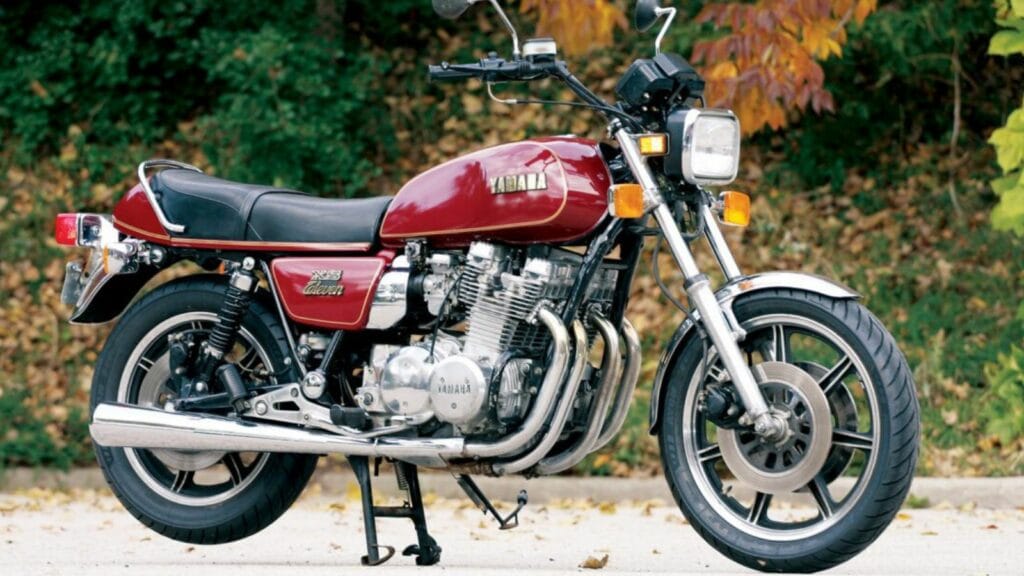The 1970s and 80s were decades when Yamaha cemented its place among the great motorcycle manufacturers of the world. These were the years when the company pushed innovation, dominated racetracks, and created bikes that riders still dream about today. From giant killing two strokes to heavyweight touring machines, Yamaha managed to cover every corner of the market. Some of these motorcycles became cultural icons, others became cult favorites, and many still inspire restorers and collectors in North America where their values continue to climb.
Yamaha RD350
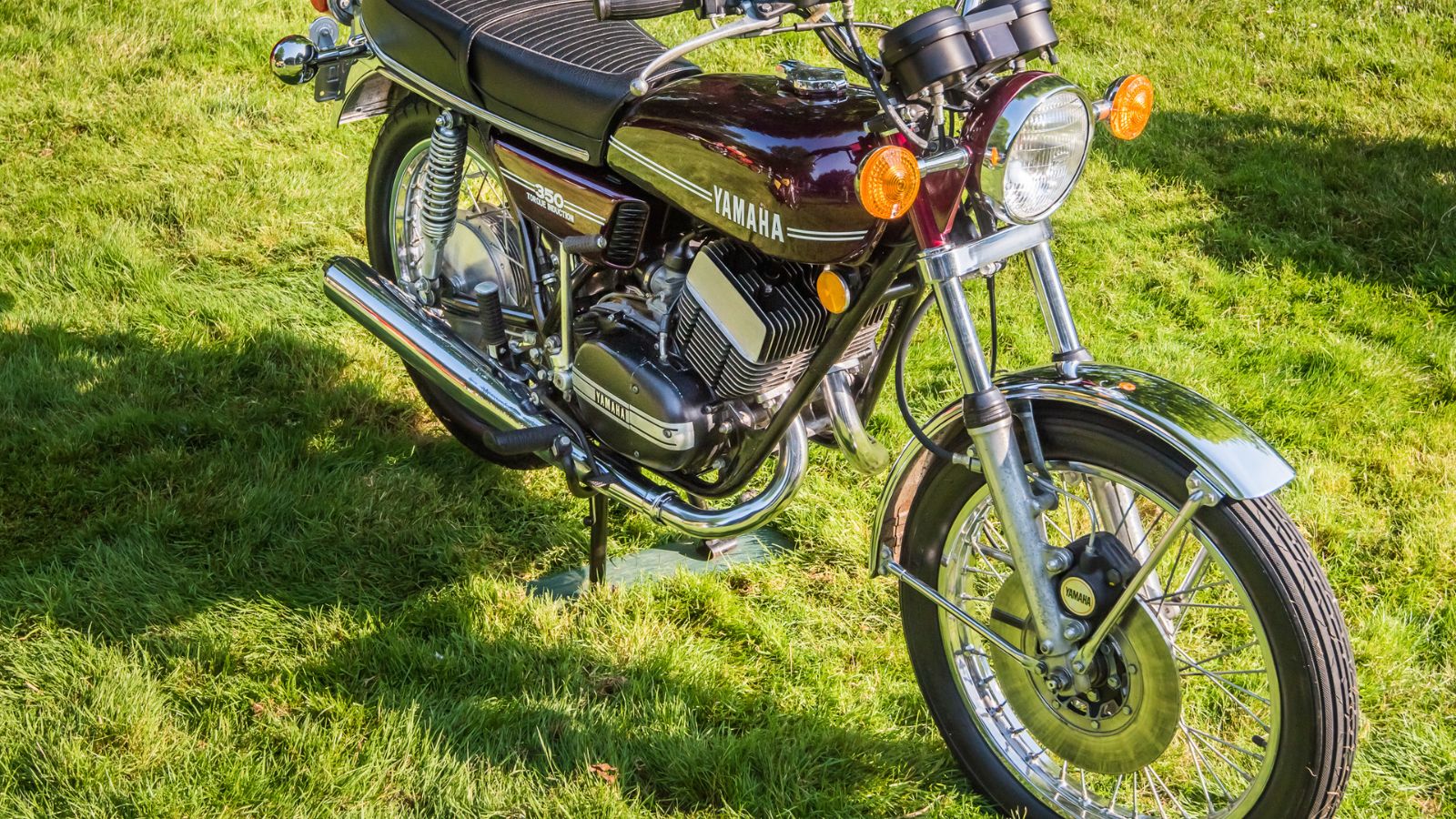
The Yamaha RD350, introduced in the early 1970s, became one of the most legendary two strokes ever built. It was fast, affordable, and light enough to humiliate bigger bikes, which earned it the nickname “giant killer.” It handled like a razor compared to the heavier four strokes of the day and quickly became a favorite for club racers. In North America, the RD350 was a bike that defined a generation of performance riders, giving them a taste of Grand Prix style thrills on public roads. Collectors today pay serious money for well preserved examples, with values often exceeding ten thousand dollars for clean bikes, especially if they carry original paint and exhausts. Its reputation has only grown over time as enthusiasts look back on it as a pure and unfiltered riding experience.
Yamaha XS650
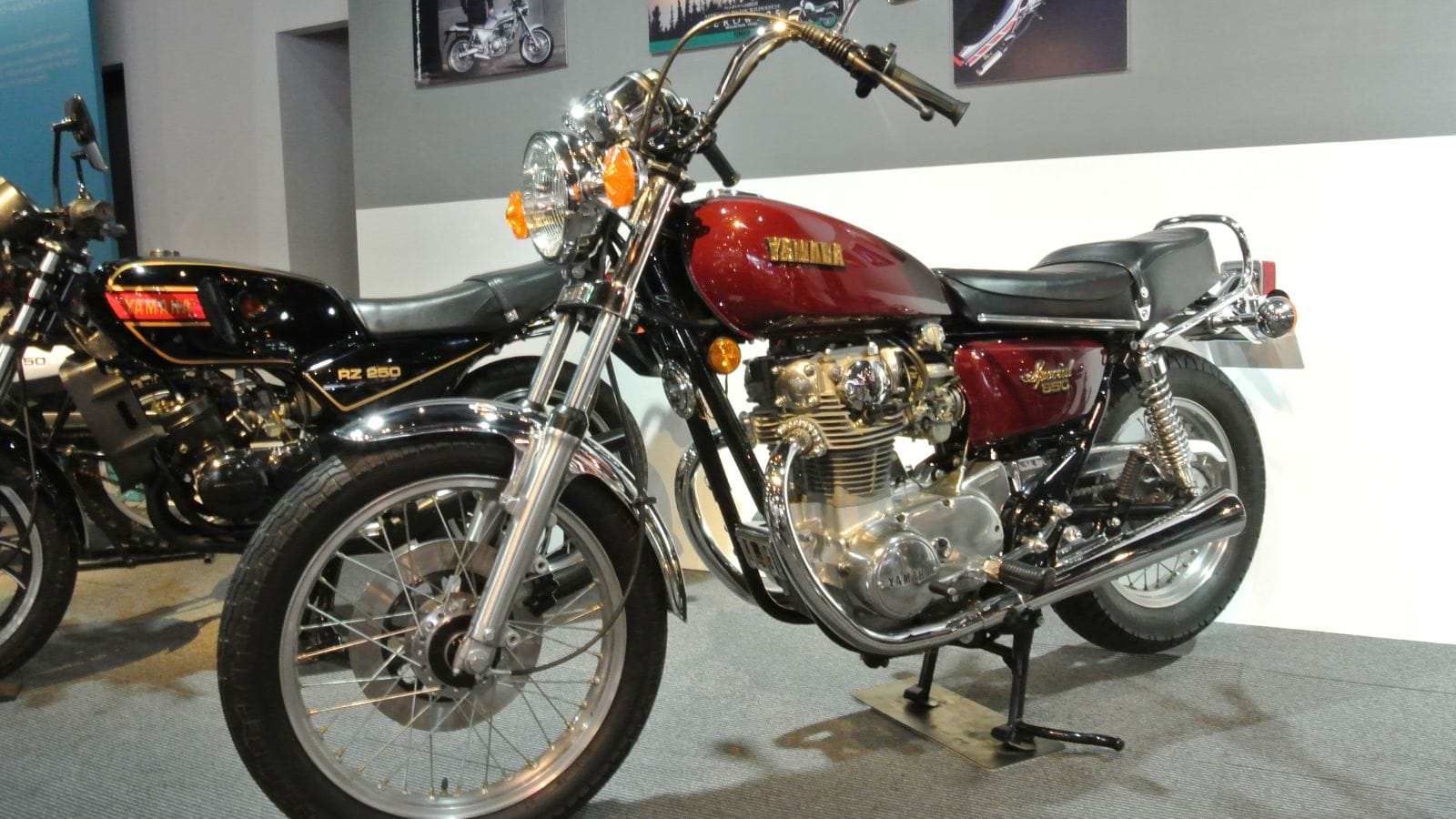
The XS650 was Yamaha’s alternative to the British twin, and it ended up surpassing it in reliability and longevity. With its parallel twin engine and timeless styling, it was the kind of bike that appealed to traditionalists while still offering Japanese dependability. It became incredibly popular with custom builders in the decades that followed, forming the base for bobbers, choppers, and café racers all over North America. In the 1970s it offered riders an affordable slice of classic motorcycling without the headaches that plagued Triumphs and Nortons. Today, values vary widely depending on condition and originality, with pristine survivors selling for six to eight thousand dollars, while modified customs can fetch even more if well executed.
Yamaha DT250
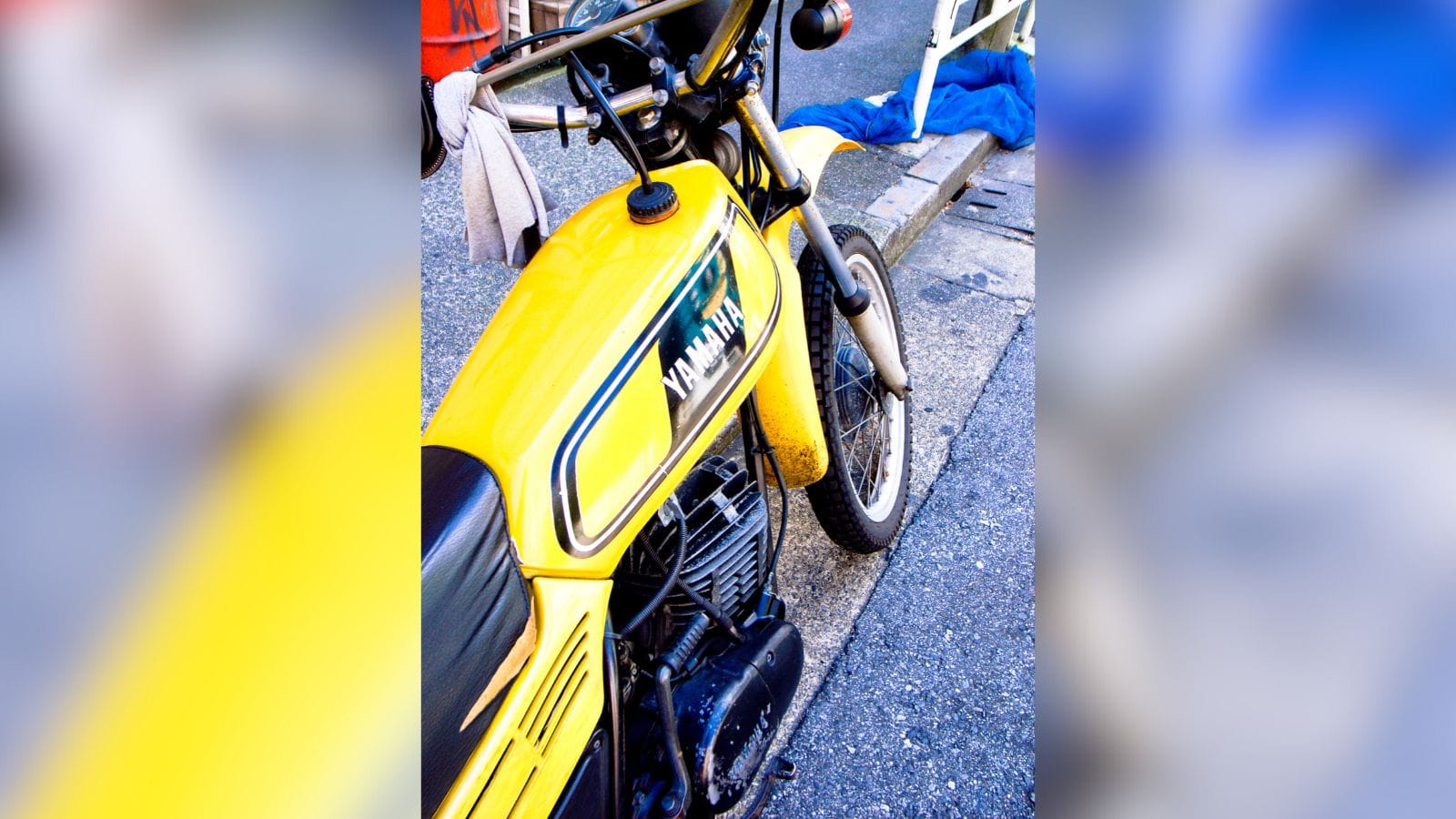
Yamaha’s DT250 showed that a single motorcycle could take you anywhere, whether on the street or deep into the trails. Released in the early 1970s, it became one of the first true dual sport bikes, capable of handling dirt, gravel, and asphalt with equal confidence. It was rugged, simple, and approachable, making it popular with new riders and seasoned adventurers alike. In North America, the DT250 opened the door to the freedom of riding anywhere, a concept that would later become the backbone of adventure motorcycling. Today, restored DT250s are cherished for their simplicity and nostalgic charm, with values climbing steadily as dual sport culture grows in popularity.
Yamaha XS1100
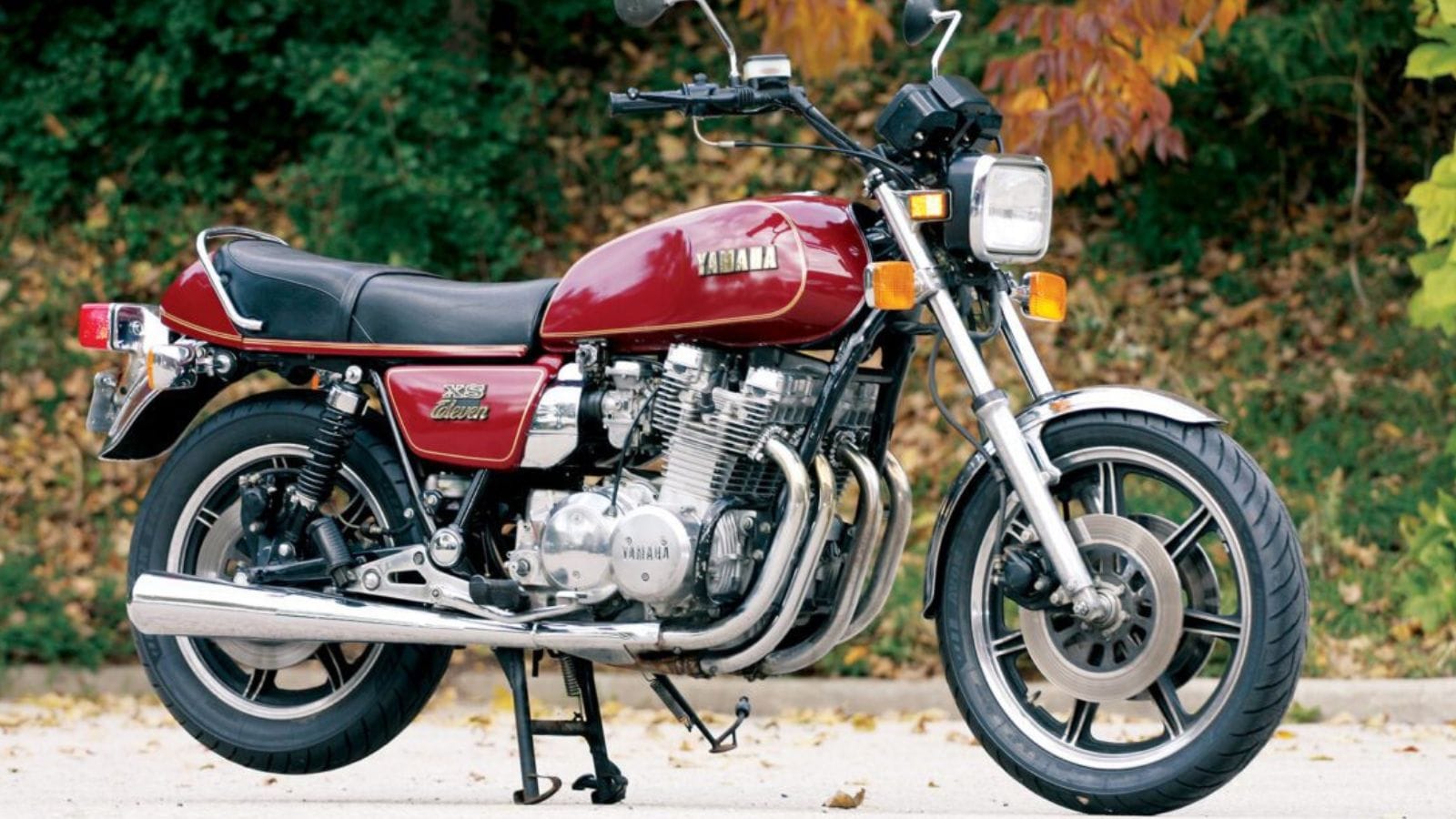
The XS1100 marked Yamaha’s entry into the big bike category in the late 70s. It was the company’s largest and most powerful four cylinder machine at the time, designed to compete with Honda’s CBX and Kawasaki’s Z1. The XS1100 offered immense torque and long distance comfort, making it a favorite for touring riders. While it wasn’t the most nimble bike in corners, it was a highway missile that could cross states or provinces with ease. Collectors today appreciate it as a true muscle bike of its era, with values ranging from five to eight thousand dollars for solid examples. It is remembered as the motorcycle that proved Yamaha could play in the heavyweight league.
Yamaha RD400
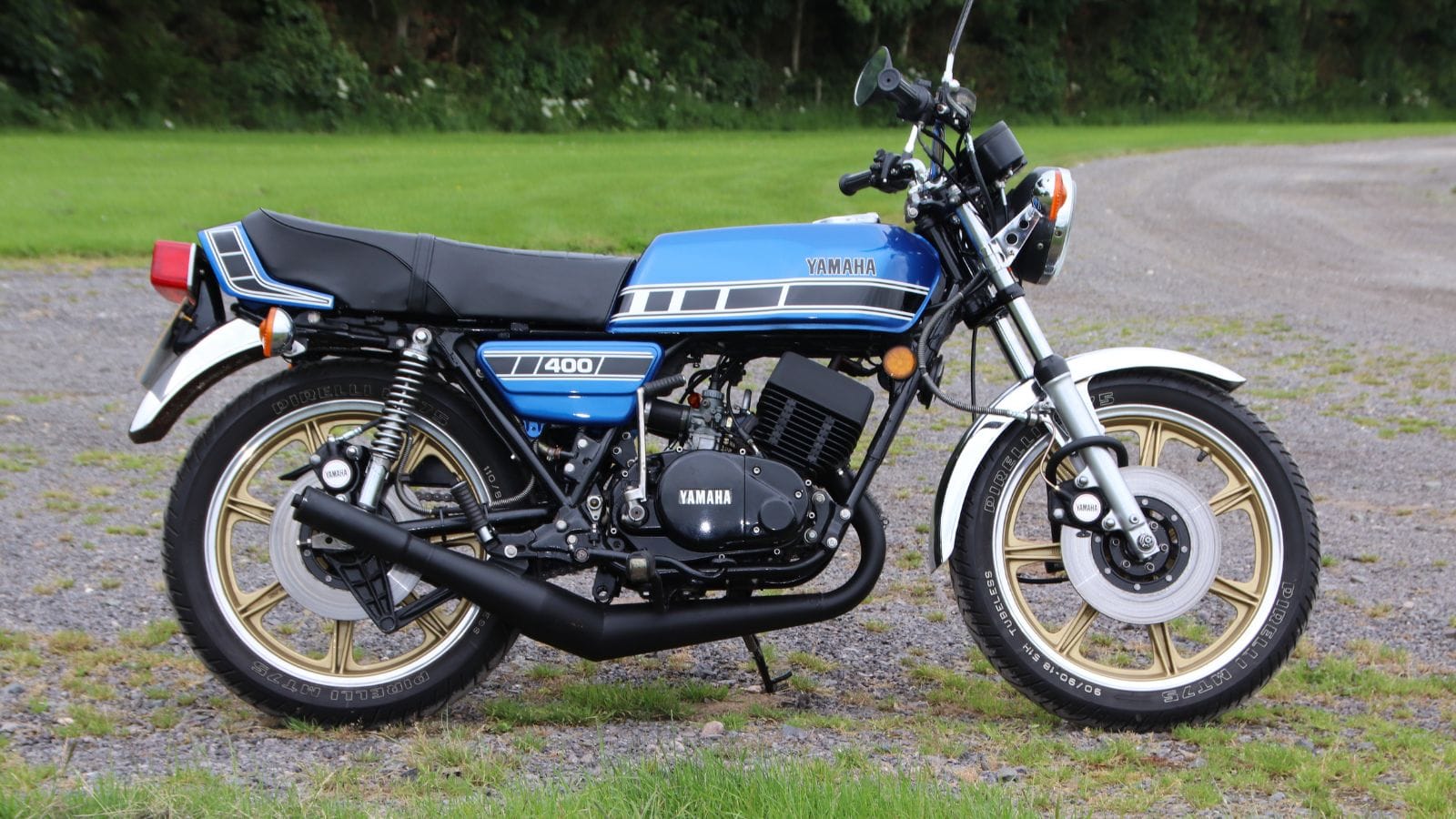
Building on the success of the RD350, the RD400 added more displacement, better handling, and modern touches like disc brakes. It became the weapon of choice for aggressive riders in the late 70s and cemented Yamaha’s reputation as the master of two stroke street bikes. The RD400 was quick, loud, and thrilling, a bike that rewarded skill and punished hesitation. In North America, it became a staple at racetracks and canyon roads, often ridden hard and put away wet. Today, collectors prize RD400s almost as highly as RD350s, with tidy examples selling for ten to twelve thousand dollars, especially if they are unrestored originals. Its legend continues because it represented the height of Yamaha’s two stroke road dominance.
Yamaha Virago 750
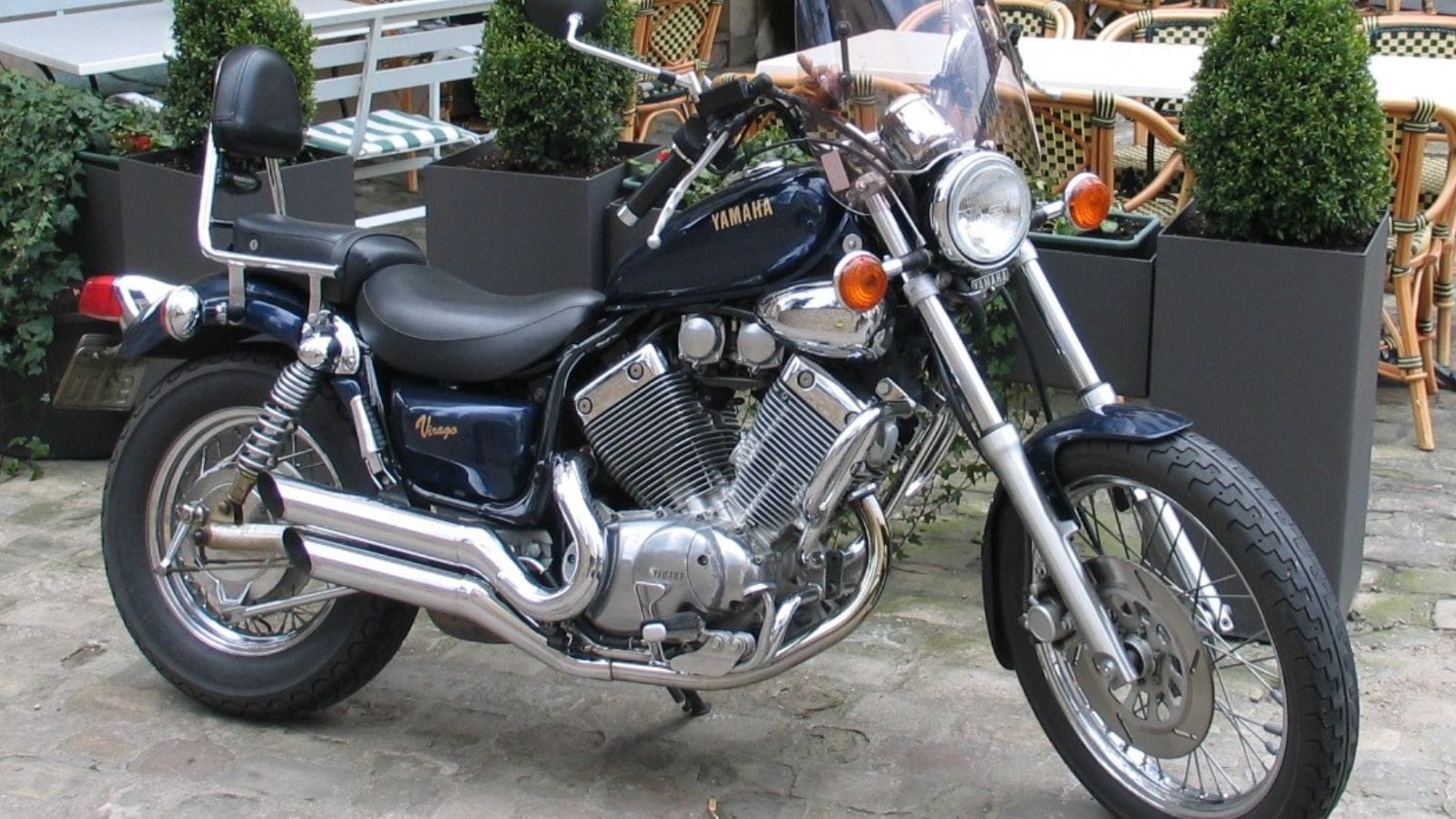
The Virago 750 arrived in the early 1980s and was Yamaha’s first true cruiser with a V twin engine. At a time when Harley Davidson was struggling with quality and production issues, Yamaha offered American riders an alternative that was stylish, reliable, and relatively affordable. The Virago opened a new chapter for Yamaha, showing that the company could build not only sport bikes and standards but also genuine cruisers. In the U.S. especially, it developed a loyal following among riders who wanted cruiser style without Harley headaches. Today, early Virago 750s are gaining recognition as historically significant, with clean examples fetching four to six thousand dollars and often more if they are low mileage survivors.
Yamaha RZ350
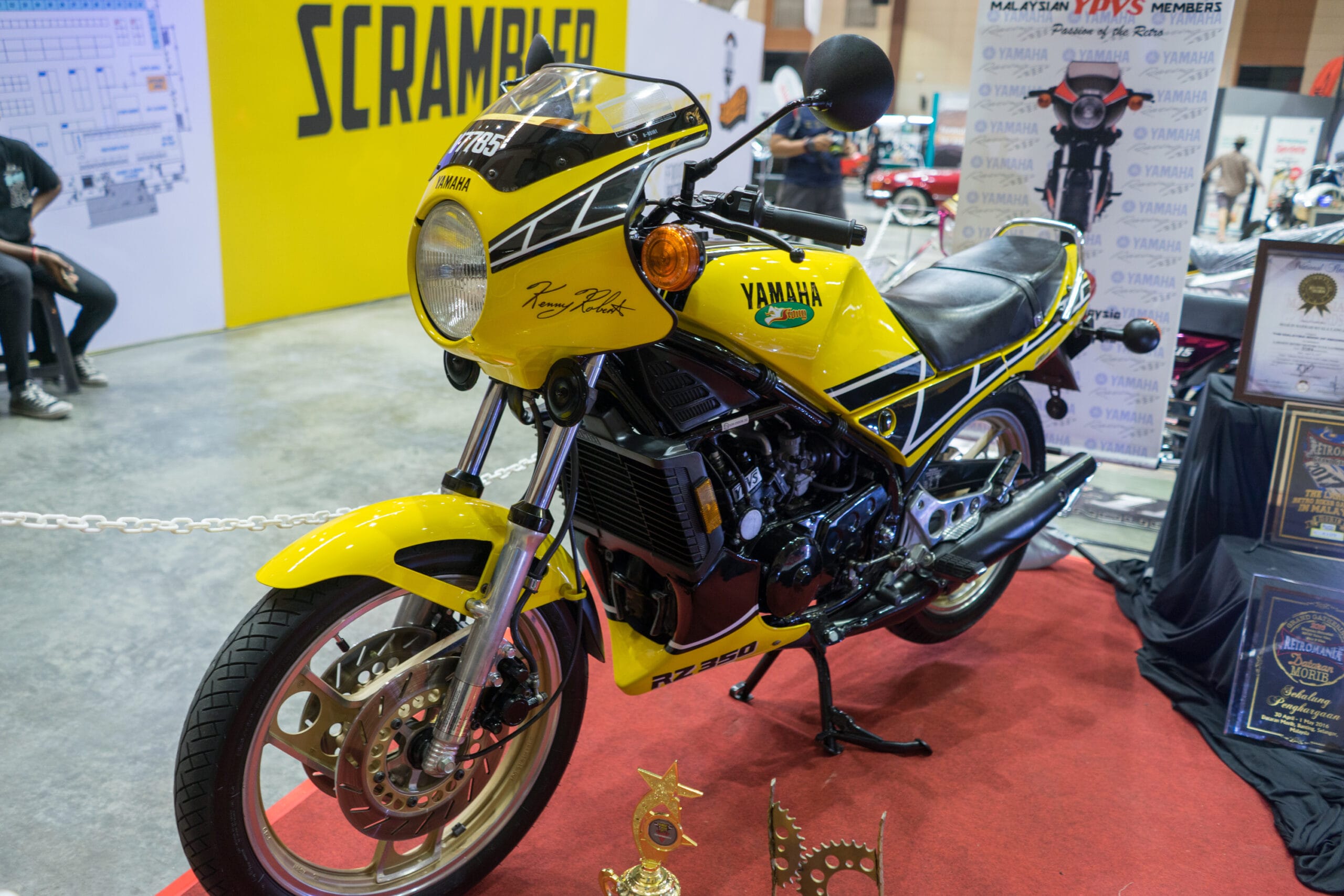
By the mid 1980s, emissions rules were beginning to squeeze two strokes out of existence, but Yamaha delivered one last great performance model in the RZ350. It featured liquid cooling, Yamaha’s Power Valve System for smoother power delivery, and styling that screamed race replica. In North America, it became legendary because it was linked to Kenny Roberts, Yamaha’s racing hero of the time. The RZ350 was one of the last legal two strokes sold in the U.S., making it even more desirable today. Collectors have driven values sky high, with pristine bikes often selling for fifteen thousand dollars or more. It remains one of the most collectible Yamaha motorcycles of the 1980s.
Yamaha XT500
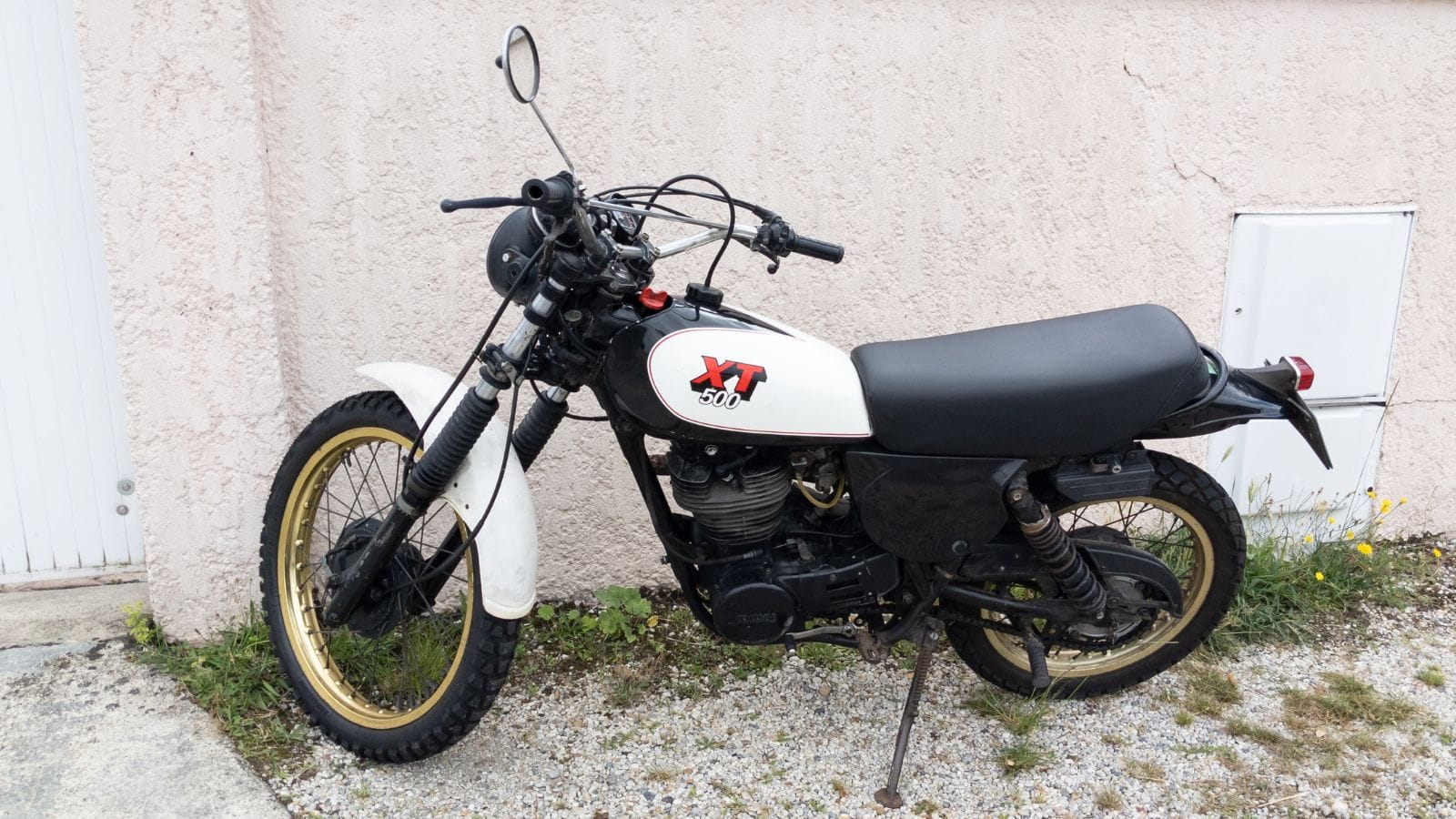
The XT500 was a rugged single cylinder machine that became famous not only for its toughness but also for its racing success. In 1979, it won the very first Paris Dakar Rally, instantly cementing its place in history. In North America, it was embraced by off road enthusiasts who valued its simplicity and durability. The XT500 had kickstart charm, minimal electronics, and a go anywhere attitude that made it a legend. Today, clean XT500s regularly sell for seven to nine thousand dollars, with Dakar inspired models commanding even higher premiums. It is celebrated as one of the bikes that defined adventure riding before the category even had a name.
Yamaha XV920R
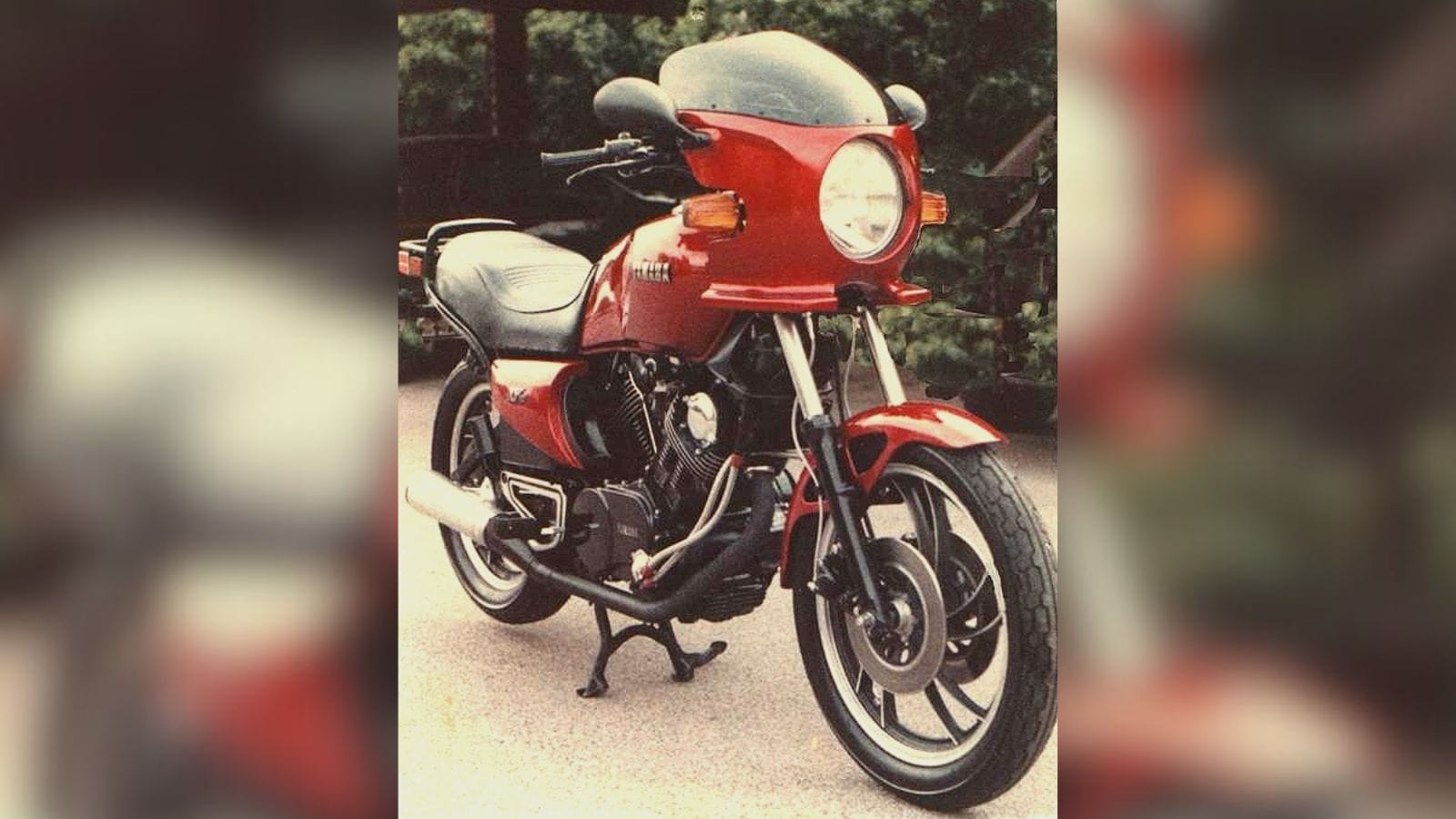
The XV920R was Yamaha’s quirky attempt at building a shaft drive V twin sport touring bike in the early 1980s. It didn’t sell well, partly because its styling was unusual and it didn’t fit neatly into a market segment. Yet over the years, it has developed a cult following for its reliability and unique character. Custom builders in North America discovered its potential, turning many into café racers or tracker style customs. While values remain modest compared to other Yamaha classics, ranging from three to five thousand dollars, its reputation as a misunderstood gem has only grown.
Yamaha FJ1100
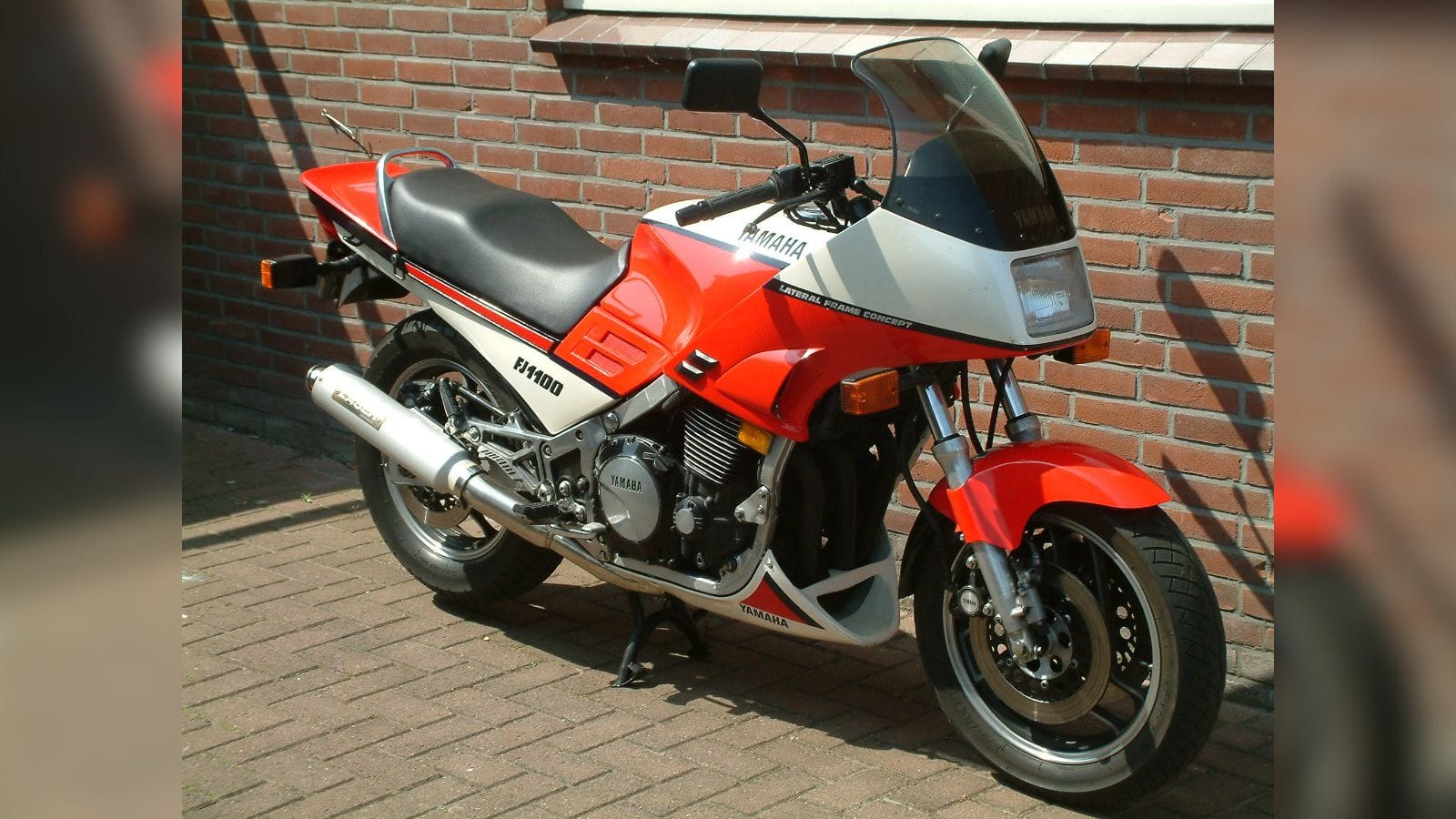
The FJ1100, introduced in the mid 1980s, was Yamaha’s first attempt at a true sport touring powerhouse. With aerodynamic fairings, a big four cylinder engine, and long distance comfort, it could carve through corners one day and eat up highways the next. It was a fast, versatile machine that appealed to riders who wanted both speed and practicality. The FJ1100 laid the groundwork for the legendary FJ1200 and eventually the FJR1300, bikes that became benchmarks in sport touring. Today, FJ1100s are still valued as affordable classics, with tidy examples selling for four to six thousand dollars, though their historical importance makes them worth more to enthusiasts than the market often reflects.
25 Facts About Car Loans That Most Drivers Don’t Realize

Car loans are one of the most common ways people fund car purchases. Like any other kind of loan, car loans can have certain features that can be regarded as an advantage or a disadvantage to the borrower. Understanding all essential facts about car loans and how they work to ensure that you get the best deal for your financial situation is essential. Here are 25 shocking facts about car loans that most drivers don’t realize:
25 Facts About Car Loans That Most Drivers Don’t Realize
